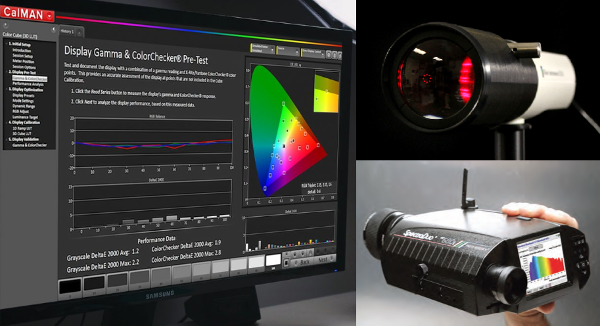10. Brightness

If your TV is going into a fairly bright room, sets that stand out in brightness terms on a shop floor can give you some idea of how their pictures will hold up when you get them home.
A lack of brightness is a particularly common problem with relatively small TVs. It’s also recently become a big deal for the big-screen marketplace, though, with the arrival of the high dynamic range technology.
Without sufficient brightness, a TV won’t produce well the bright white and color highlights that are so important to a successful HDR picture. They’ll look washed out, flat, and short of detail – as if they’ve been bleached of color tone detail.
TVs that aren’t really bright enough for HDR will also create HDR pictures that look unnaturally dark and/or leave dark parts of the picture looking too dominant and ‘hollow’. A good test of a TV’s HDR brightness is to put a shot on the screen that shows a dark object with lots of detail foregrounded against a bright backdrop. With TVs that are struggling for brightness, the dark object may lose all of its subtle shadings and detail, so that it just looks like a silhouette.
As a side note here, though, bear in mind that TVs that excel in brightness can struggle more than lower-brightness TVs when it comes to black level, contrast, and backlight stability/uniformity. In other words, don’t just assume that lots of brightness alone will get the job done; look at brightness and contrast issues as a balancing act.
